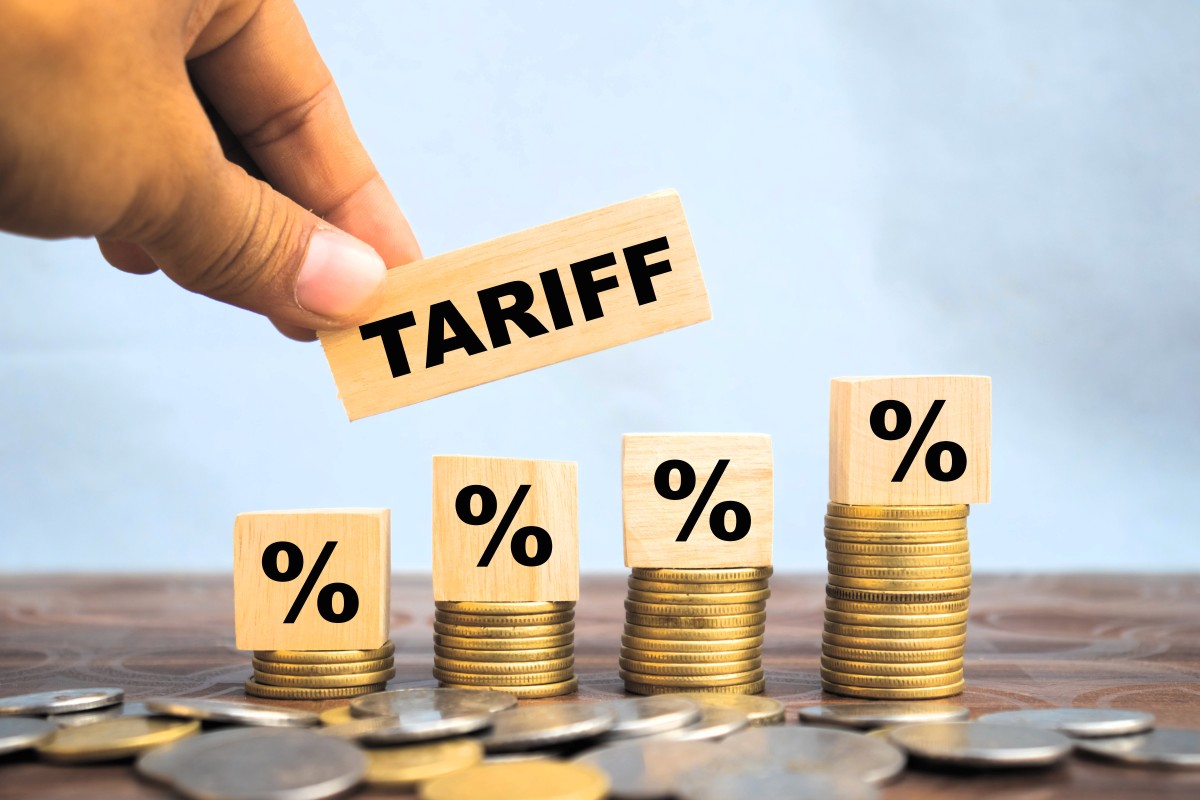Dr Lam also believes that using tamper-proof packaging remains an effective solution to protect essential products from counterfeiting. This type of packaging is designed to prevent opening or tampering with the product without leaving clear signs.
Common tamper-proof options include sealing tape, shrink bands, induction seals, blister packs, and security labels with special adhesives or designs. These types of packaging cannot be reused, helping deter counterfeiters. Packaging should feature identifiable marks such as patterns, registered names, logos, or images that are difficult to replicate.
Manufacturers can also print QR or barcodes directly on packaging for consumers to verify the origin of individual product batches on their official websites. For high-value items, RFID or NFC chips embedded in each product are another effective anti-counterfeiting measure.
Cyber-physical watermarking – printing digital watermarks directly on products – is another important low-cost technology to fight fakes, especially in the food and pharmaceutical industries. Known for their use in copyright protection for videos and digital images, watermarks can now be integrated with physical printing to mark the authenticity of essential goods.
For example, a 2022 study published in the Advanced Functional Materials journal demonstrated how FDA-approved food colouring could be used to inkjet-print watermarks onto individual medicine doses and even individual pills, providing a verifiable method of authentication.
These technologies add extra layers of protection, making it harder for counterfeiters to commit crime and helping consumers access authentic, intact, and safe products.
In addition to applying these methods, businesses need to increase communication with consumers, helping them be more vigilant and reducing the prevalence of counterfeit products.
Consumers need to build awareness
On the consumer side, building awareness is more crucial than ever. In addition to staying updated about counterfeit trends and buying only from reputable sources, Dr Hung said consumers should learn about the anti-counterfeiting methods being used by trusted businesses.
“People should make it a habit to use their smartphones to scan QR codes, embedded chips, or visible watermarks to verify products. They should also support brands that offer transparent and verifiable origin information,” he said.
Fostering a consumer culture that rejects counterfeits is critical, especially since buying knockoffs has long been normalised in Vietnam when it comes to products like clothing and electronics.
According to Dr Hung, this behaviour has fuelled a downward spiral where fake producers take market share from honest companies, distorting the economy and enabling illegal practices.
“This has encouraged the growth of sophisticated counterfeit supply chains on a large scale – producing not only low-quality goods, but also items that may threaten people’s health. It’s a trend we need to reverse by every means possible,” Dr Hung concluded.
----
Thumbnail image: CandyRetriever – stock.adobe.com | Masthead image: coffmancmu – stock.adobe.com






